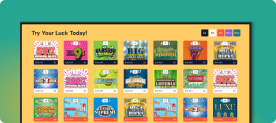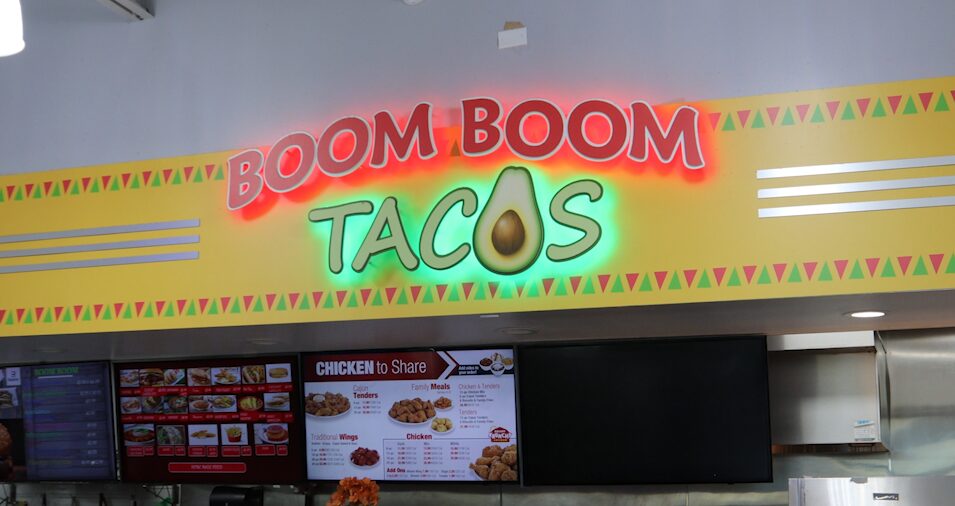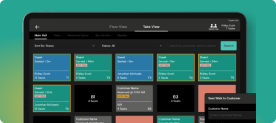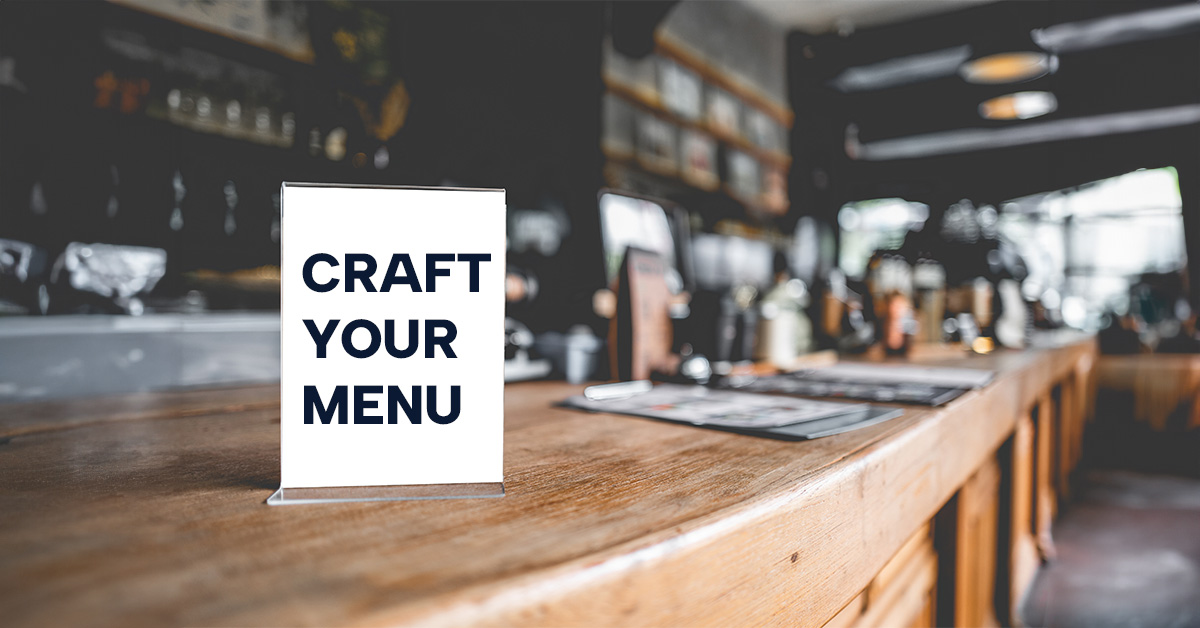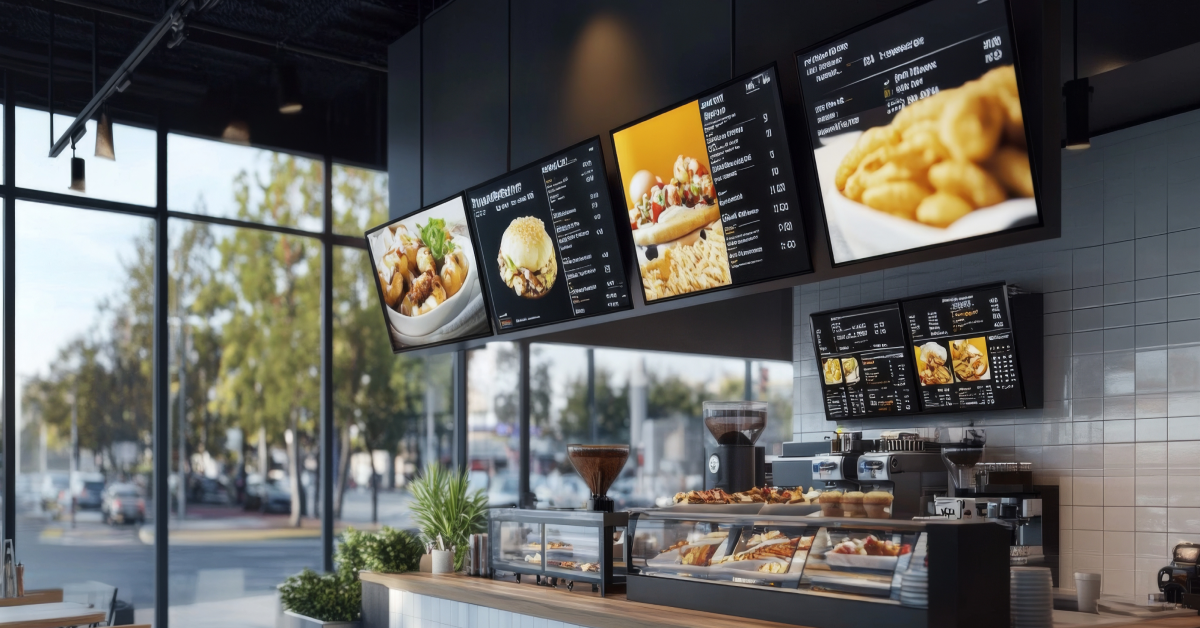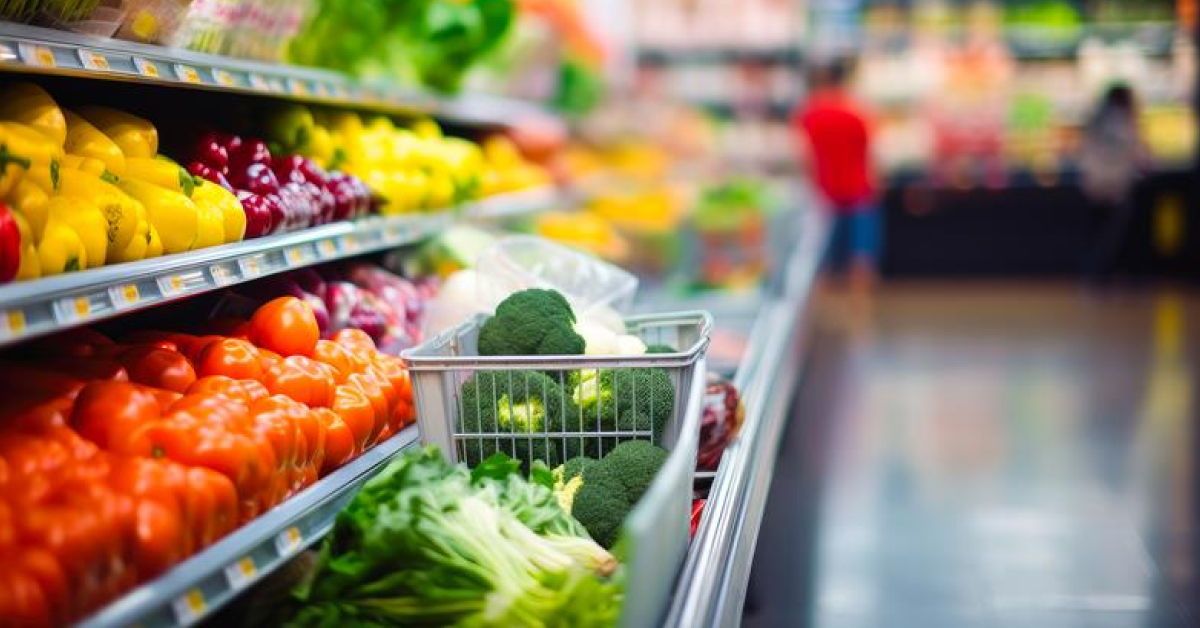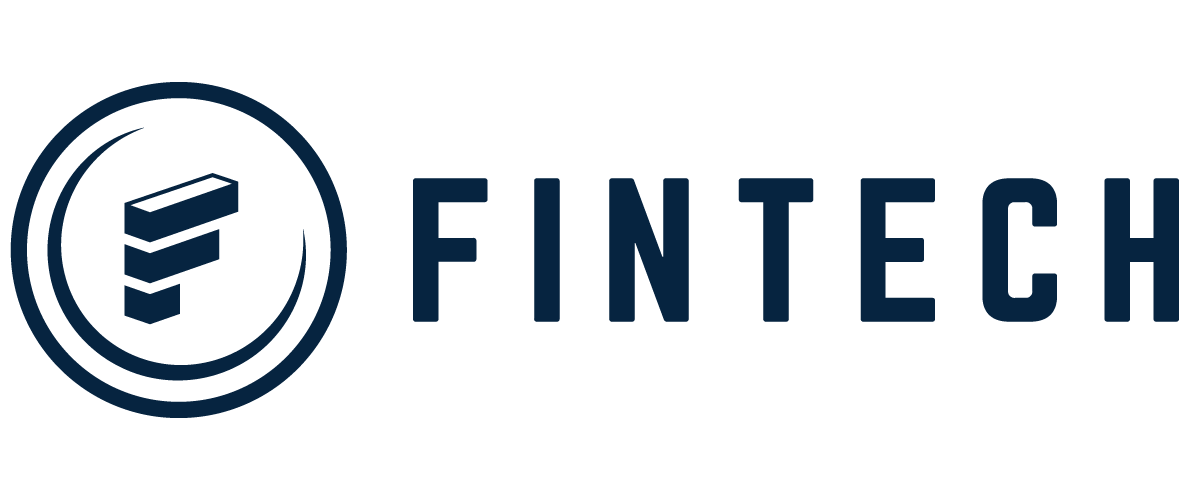Running a restaurant isn’t all about focusing on your operations and the quality of dishes. Of course, it matters, but without focusing on the small details, you can’t expect your sales to grow. When a customer enters your restaurant, they are likely greeted with a smile and a menu.
The menu of your restaurant is the first impression that can help you build a positive brand image. It’s not only a way to communicate with your audience but can also influence what your customers will order and how much they will spend in your restaurant.
Therefore, the design of your restaurant menu is an important factor in boosting your sales. Restaurant menu engineering can be the best way to transform your menu into a money-maker.
Why Do You Need to Focus on Your Menu?
On average, restaurant guests spend around 100-109 seconds (about 2 minutes) studying the menu. This means that you only get a few seconds to make an impression and let your customers select the most profitable dish.
You need to focus on your restaurant menu to stand out from the competition. Menu engineering can help you make a profitable menu by keeping it concise, well-organized, and perfectly laid out.
This is a smart move for restaurateurs searching for ways to make more profits.
But what is it?
Menu Engineering Basics: Rules Restaurateurs Need to Know
Menu engineering, often called menu psychology, is the popular practice of making a restaurant menu more appealing to guests. It is used to categorize the menu by using sales data and food costs.
Restaurant menu engineering requires you to have exact menu item prices, food costs per serving, and contribution margin to fully optimize your menu.
This helps you to maximize your profits by encouraging your guests to select only the most profitable items. By implementing menu engineering, you can raise profits by up to 15%. However, it’s important to know the following key basic concepts to make an effective physical menu design.
Pay Attention to Colors
Colors can influence your guest’s feelings and behavior. Restaurateurs that use color psychology can influence purchasing habits and brand loyalty while boosting revenue.
You should use your restaurant’s branding or decor colors in your menu; however, you can slightly add bright colors like red, orange, or yellow that trigger appetite. This small change can encourage hungry guests to order their favorite meal quickly.
Align Your Menu Items with Guest’s Eyes
Engineering your menu according to eye movements can help you maximize your sales of highly profitable dishes. Most humans tend to move their eyes in certain patterns, and knowing these patterns can help you put your high-margin dishes in the desirable placement areas of your menu.
Optimize Your Menu Descriptions
Do you know that the descriptions of menu items can have a direct impact on your sales? According to a study by the National Library of Medicine, the design and description of your menu influence the customer’s mind.
When writing a menu for a restaurant, you need to keep a balance between the number of words you use to convince customers and keeping their attention.
A description like “Cheese Sandwich” won’t be an effective way to write a menu item. However, replacing it with a “Classic Cheese Sandwich” could be a better option. But the best way to write down the menu item would be
“Fresh savory, buttery, toasted bread with melted cheese fillings.”
Pictures Are Forbidden... Sometimes
When designing a menu, there is always an internal urge to place pictures of your dish. While you may think that it’s a good move, as the picture says a thousand words, however, it doesn’t apply to high-end restaurants. If your target audience is luxury clients for fine dining, it’s always good to avoid placing pictures.
In contrast, if you run a fast casual or fast-food business, then adding images could help customers quickly see your most popular items. You should only use high-quality images of your best meals to showcase. Low-resolution or blurry images take away from the overall design of your menu and weaken your credibility.
Menu Pricing
Everyone knows that setting a profitable price is crucial. Of course, you won’t charge $3 for a chicken sandwich which costs you more than $5. But how to make it sellable? That’s the real question!
Most of the expensive items listed on your menu won’t make it to the guest’s table unless you have the right pricing. Here, the key is not to lower the prices but to apply psychological tricks.
- Remove The $ Sign: The dollar sign on your menu not only attracts guests but also makes the dish look more expensive. Use digits such as 15 instead of $15 to let customers spend more.
- Use Decimal: Use of decimal instead of putting a straight amount can make your dish look more affordable. A dish with a price of 10 will look more expensive compared to a dish that is priced at 9.99 cents.
- Right Arrangement: Wanna sell more of your mid-priced food? Consider setting one high-priced item at the top of the list that makes the rest of the dishes look like a more affordable option.
Boost Your Restaurant Profit by Using Menu Engineering
Menu engineering offers significant benefits that go beyond designing an attractive menu. You can influence customer choices, improve sales, and enhance your brand image. Here are the key steps to boost your restaurant’s profit by using restaurant menu engineering.
Step 1: Calculate Your Food Cost
Calculating your food cost allows you to know your expenses to prepare one dish. You need to know the exact cost needed to produce one portion of every dish on your menu. The food cost information is often available in your restaurant POS system; however, if it is not, you can use the manual method.
Let’s say you serve chicken tenders for $9. A single serving takes up to 4 ounces of chicken, 1 tablespoon of season salt, 6 ounces of cheese, 2 cups of canola oil, and ½ tablespoon of black pepper.
Now, let’s say the estimated costs of each ingredient are
- 4 ounces of chicken = 0.44 cents
- 6 ounces of cheese = $1.13
- 1 tablespoon season salt = 0.20 cents
- 2 cups canola oil = $1.25
- ¼ tablespoon black pepper = 0.05 cents
By adding the values of each ingredient, you get the food cost per serving, which is $3.07.
Once you have determined the food cost, you need to find out the profit margin you get on each sale. To do this, you need to simply subtract the cost from the selling price for each dish.
Sale Price- Food Cost = Contribution Profit Margin
$9 – $3.07 = $5.93
Step 02: Categorize Your Menu Items
Now, the second step is to align your profitable menu dishes with the popular ones. You need to start by making a four-quadrant matrix. On the X-axis, the profitability of your restaurant will increase, while the popularity of dishes will increase on the Y-axis.
Remember that before you implement this step, you need to know each menu item sold over a certain period and its profit margin. Your menu items will most likely fall into one of the following four menu engineering categories.
- Plowhorses: These are the popular menu items that your customer loves, but the food costs are more expensive.
- Stars: These are those menu items that are not only popular but also profitable.
- Duds: These are the menu items that are expensive to make and aren’t popular.
- Puzzles: These menu items are not a popular choice amongst customers; however, they have high profitability.
The main purpose of categorizing your menu is to figure out your high and low-performing dishes. Your plowhorse dishes have low profitability but perform well. Therefore, you need to either raise your charges or rework the recipe with different ingredients to lower your food cost.
You need to work on your menu design to draw special attention to your stars, which increases sales and maximizes profits. For duds, you can consider removing them from the menu or de-emphasizing them, depending on the customer’s demand.
The Puzzles are the dishes where you are open to experimenting with different marketing tactics to increase sales. Either offer a discount, make it noticeable on your menu, or consider promoting them on different occasions.
Step 03: Start Redesigning Your Menu
Now, it’s time to use qualitative and quantitative data to design your new menu and layout. As you know which dish is performing well, you’ll need feedback from your customers regarding the dishes they love to eat at your restaurant. This will help you to get real-time insights into your dishes.
Also, keep in mind to use menu psychology that helps you to design your menu in a way that motivates customers to take specific action. Menu psychology includes everything from the number of items on the menu, the categories, colors, and placements to how the dish price is placed.
Menu engineering basic rules can help you to make sure that your menu redesigning is done perfectly. Remember, your main goal is to create a profitable menu.
Start Maximizing Your Profits
The menu is the first interaction of your customer with your brand. A slightly poor experience can result in low sales, bad reviews, and low profits. To make sure your customers engage with your restaurant, you need to put efforts into making a profitable menu that attracts your customers.
Making a profitable menu doesn’t have to be a daunting task. By using the steps discussed above, you can successfully redesign your menu. To make it visually appealing, you can always consider adopting menu boards, menu management software, and other tools.
FAQs
- How Can I Measure the Impact of The New Menu?
- Can I Use the Engineering Menu for Website & Application?
- How to Do Menu Engineering?
